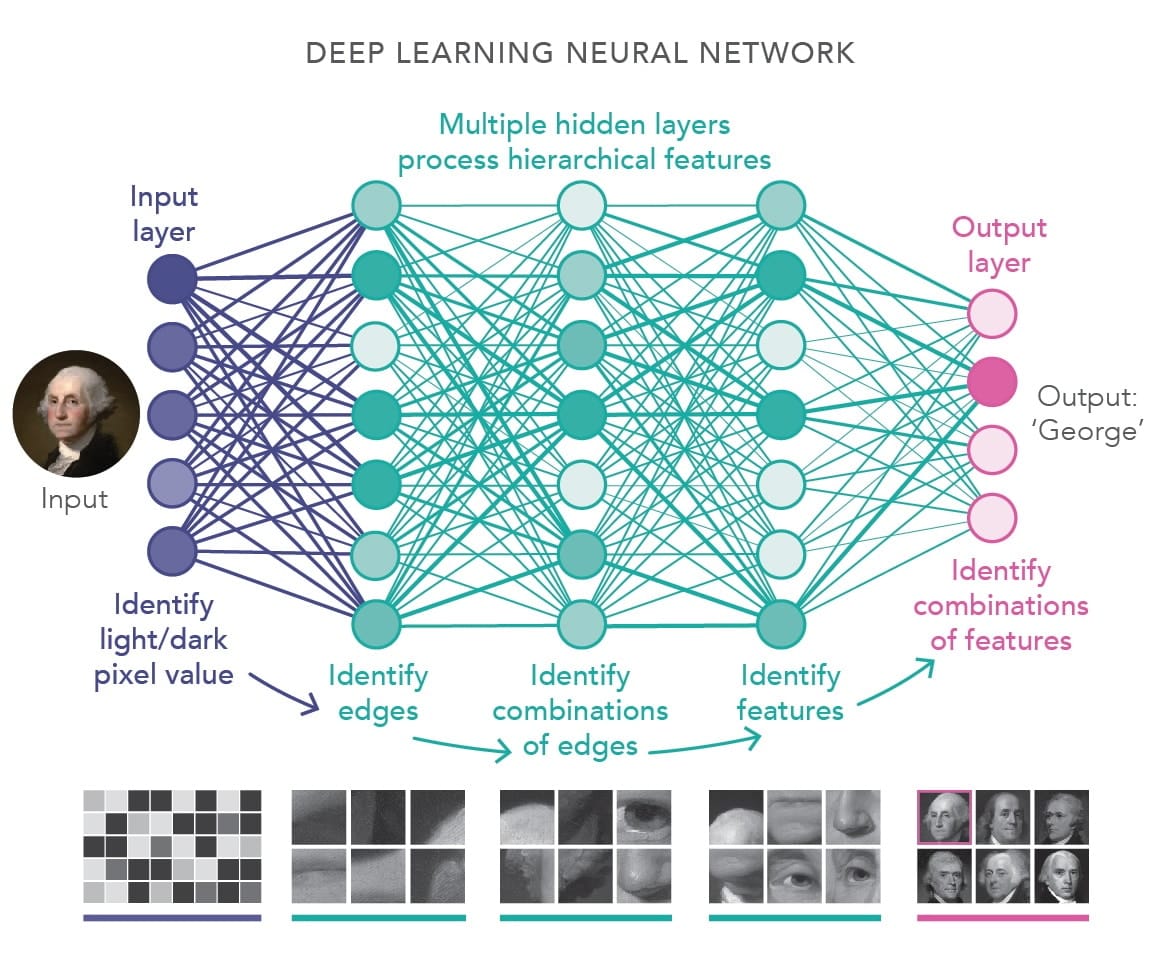The advent of artificial intelligence (AI) has transformed numerous sectors, from healthcare to transportation. One of the foundational elements that underpin many AI systems is the concept of world models. World models are sophisticated computational frameworks that allow AI agents to simulate, predict, and understand the dynamics of their environments. This article delves into what AI world models are, how they function, and why they are essential in advancing AI technologies.
At their core, world models are designed to encapsulate knowledge about the world in a structured format that AI systems can manipulate. They are essentially internal representations of the environment that an AI agent can use to make informed decisions. These models can vary in complexity, from simple representations of static environments to intricate simulations that account for dynamic changes and interactions among multiple elements.
The development of AI world models can be traced back to early research in artificial intelligence and cognitive science, where researchers sought to understand how humans perceive and interact with their surroundings. Over the years, advancements in machine learning, particularly in neural networks and reinforcement learning, have significantly enhanced the capabilities of world models. Today, these models are used in various applications, including robotics, gaming, and autonomous vehicles.
One of the primary functions of AI world models is to facilitate planning and decision-making. For instance, in robotics, an AI agent equipped with a world model can simulate different actions and their potential outcomes before executing them in the real world. This capability is particularly valuable in complex environments where the consequences of actions are not immediately apparent. By using a world model, the robot can evaluate various strategies, select the most effective one, and minimize risks associated with trial-and-error learning.
In addition to planning, world models also play a critical role in perception. AI systems must interpret sensory data to understand their surroundings accurately. World models help in this process by providing a framework through which sensory information can be integrated and understood. For example, an autonomous vehicle relies on its world model to process data from cameras and sensors, allowing it to recognize obstacles, navigate roads, and make real-time decisions based on the current environment.
The significance of AI world models extends beyond individual applications; they are also pivotal in the broader context of AI research and development. As AI systems become more sophisticated, the need for robust and adaptable world models becomes increasingly important. Researchers are actively exploring ways to enhance these models, focusing on improving their accuracy, efficiency, and ability to generalize across different tasks and environments.
One of the challenges in developing effective world models is ensuring that they can adapt to new and unforeseen circumstances. In many real-world scenarios, the environment is not static; it changes over time, and unexpected events can occur. To address this, researchers are investigating methods to create dynamic world models that can learn and update themselves based on new experiences. This capability is crucial for applications such as autonomous driving, where the vehicle must constantly adjust to changing traffic conditions and pedestrian behaviors.
Another area of interest is the integration of world models with other AI technologies, such as natural language processing. By combining world models with language understanding, AI systems can better comprehend context and nuance in communication. This integration can lead to more sophisticated conversational agents that can engage in meaningful dialogues with humans, as they can reference their world models to provide informed responses.
The implications of AI world models are vast and multifaceted. As these models continue to evolve, they have the potential to enhance the capabilities of AI systems significantly. For instance, in healthcare, AI world models could be used to simulate patient outcomes based on various treatment options, aiding medical professionals in making informed decisions. In education, personalized learning experiences could be developed by leveraging world models to adapt to individual students’ needs and learning styles.
Moreover, the development of AI world models raises important ethical considerations. As AI systems become more autonomous and capable of making decisions based on their world models, questions about accountability and transparency emerge. It is essential for researchers and developers to ensure that these models are designed and implemented responsibly, with a focus on fairness and bias mitigation.
In conclusion, AI world models are a fundamental component of modern artificial intelligence, enabling systems to understand, predict, and interact with their environments effectively. Their development is crucial for advancing AI applications across various domains, from robotics to healthcare. As research continues to push the boundaries of what is possible with world models, their significance in shaping the future of AI cannot be overstated. It is imperative that the ongoing advancements in this field are approached with careful consideration of the ethical implications and potential impacts on society.



